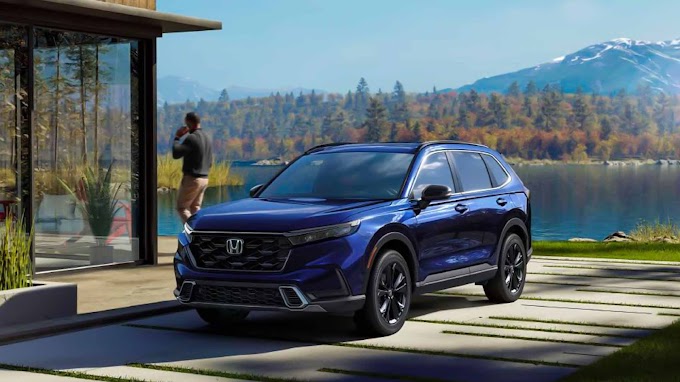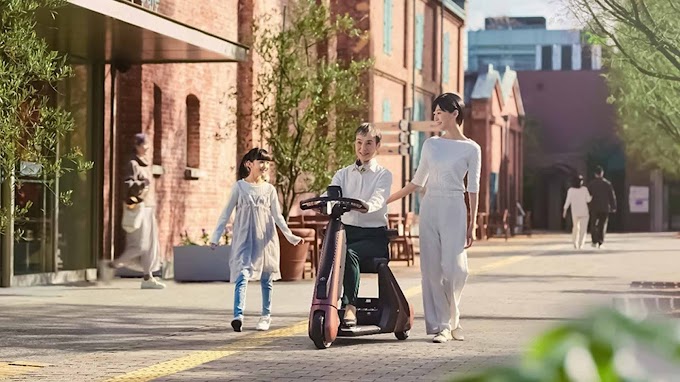Honda unveiled its Cooperative Mobility Ecosystem concept integrating the power of artificial intelligence, robotics and big data to transform the mobility experience of the future and improve customers’ quality of life. Featuring a number of prototype and concept technology demonstrations, the Honda concept envisions a future where vehicles will communicate with each other and infrastructure to mitigate traffic congestion and eliminate traffic fatalities, while increasing the productivity of road users and delivering new types of in-vehicle entertainment experiences. Vehicles will create new value by autonomously providing services when not in use by their owners.
Supporting its Cooperative Mobility Ecosystem theme, Honda introduced the Honda NeuV, an electric automated mini-vehicle concept equipped with an artificial intelligence (AI) emotion engine and automated personal assistant, creating new possibilities for human interaction and new value for customers. The global mobility company also introduced Honda Riding Assist, a concept motorcycle that applies Honda’s robotics technology – a self-balancing personal mobility device.
In a global debut, Honda unveiled its Riding Assist technology, which leverages Honda’s robotics technology to create a self-balancing motorcycle that greatly reduces the possibility of falling over while the motorcycle is at rest. Rather than relying on gyroscopes, which add a great deal of weight and alter the riding experience as announced by other companies, the Honda Riding Assist motorcycle incorporates technology originally developed for the company’s UNI-CUB personal mobility device.
Designed to create new possibilities for customers, the NeuV (pronounced new-v), which stands for New Electric Urban Vehicle, is a concept vehicle whose genesis is based on the fact that privately-owned vehicles sit idle 96 per cent of the time. The NeuV explores the idea of how to create new value for its owner by functioning as an automated ride sharing vehicle, picking up and dropping off customers at local destinations when the owner is not using the car. The NeuV also can sell energy back to the electric grid during times of high demand when it’s not in use. These activities have the potential to create a new business model for enterprising customers.
NeuV also functions as a thoughtful and helpful AI assistant utilizing an emotion engine, an emerging technology developed by Honda and SoftBank (cocoro SB Corp.). Called HANA (Honda Automated Network Assistant), in its application in the NeuV, the emotion engine will learn from the driver by detecting the emotions behind the driver’s judgments and then, based on the driver’s past decisions, make new choices and recommendations. HANA can check on the driver’s emotional well-being, make music recommendations based on mood, and support the owner’s daily driving routine. The NeuV features a full touch panel interface enabling both the driver and passenger to access a simple and convenient user experience. The vehicle has two seats, a storage area in back, and an electric skateboard for last mile transit. The NeuV also features outstanding outward visibility via a header-less windshield and a dramatically sloping belt line that make manoeuvring easy.
The Honda UNI-CUB is a self-balancing personal mobility device that enables the seated rider to control speed, move in any direction and stop, all by simply shifting body weight. Earlier this year, the company opened the UNI-CUB’s API seeking to facilitate the creation of software that can control the device from a smartphone and other devices, which would provide the potential to expand its value and functionality for people. This expands upon the UNI-CUB’s original system, which currently allows the seated rider to control speed, move in any direction and stop, all by simply shifting body weight. With the ability to freely move forward, backward, side-to-side and diagonally, UNI-CUB can quickly and easily manoeuvre among people.








